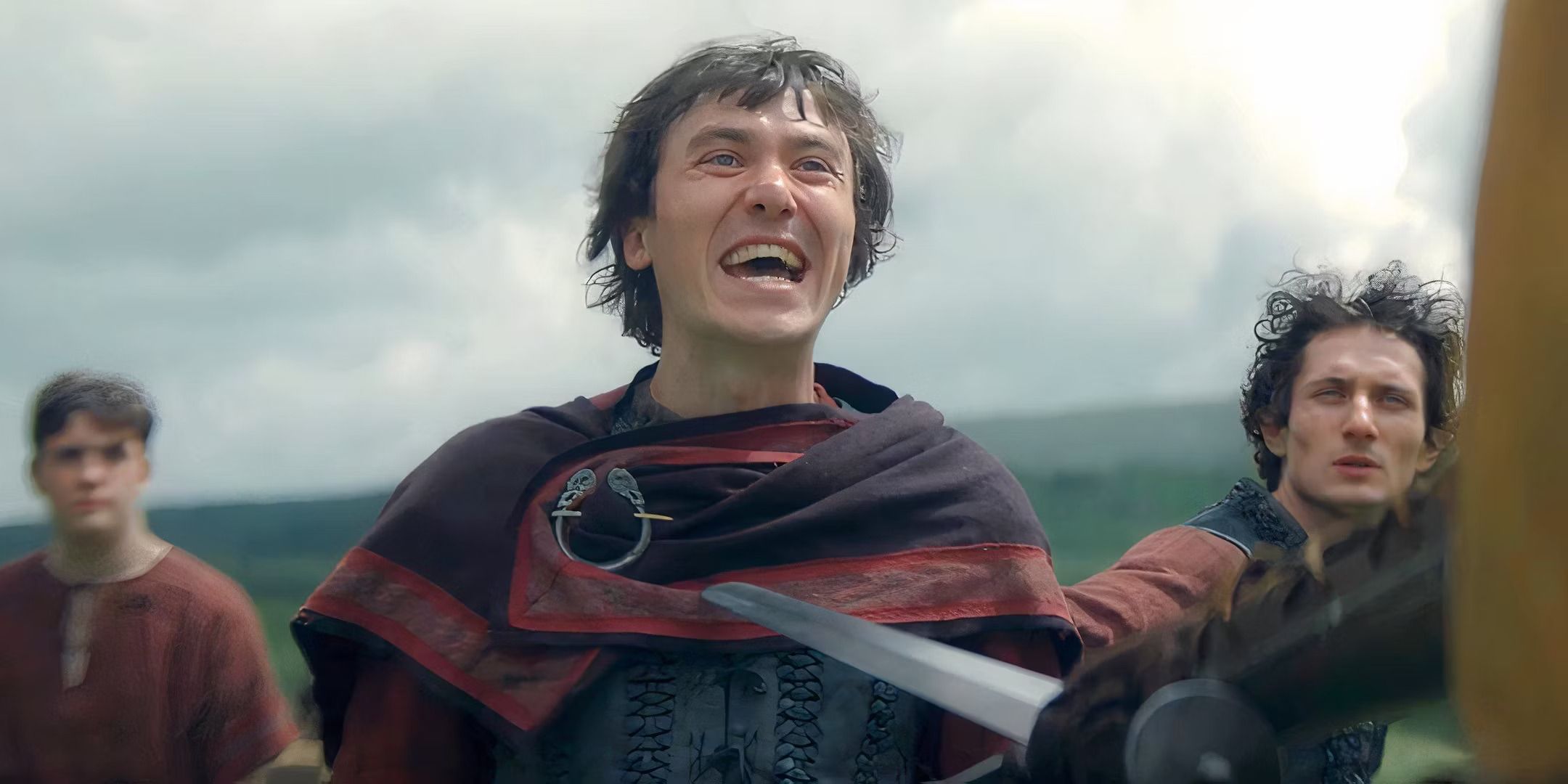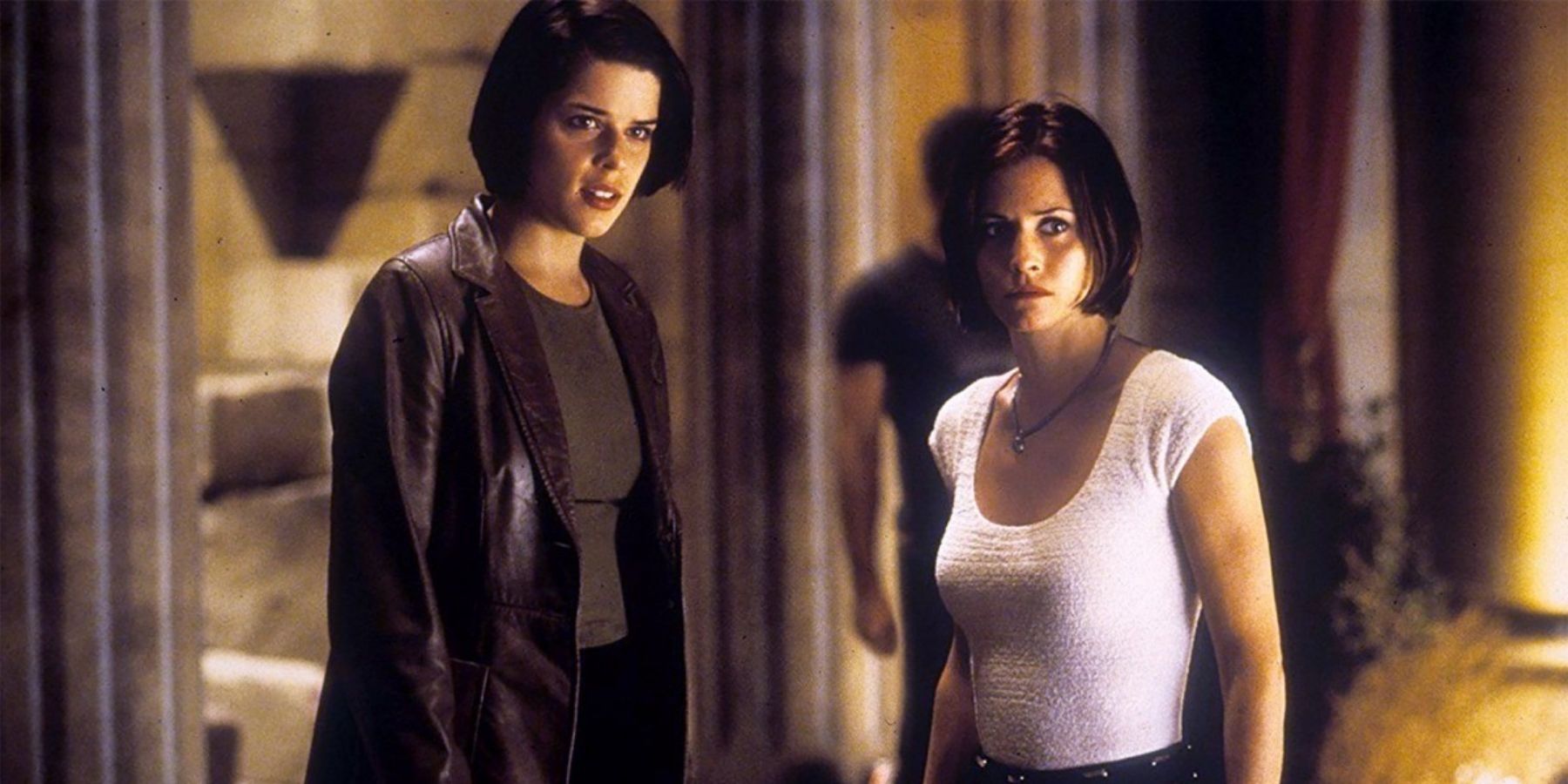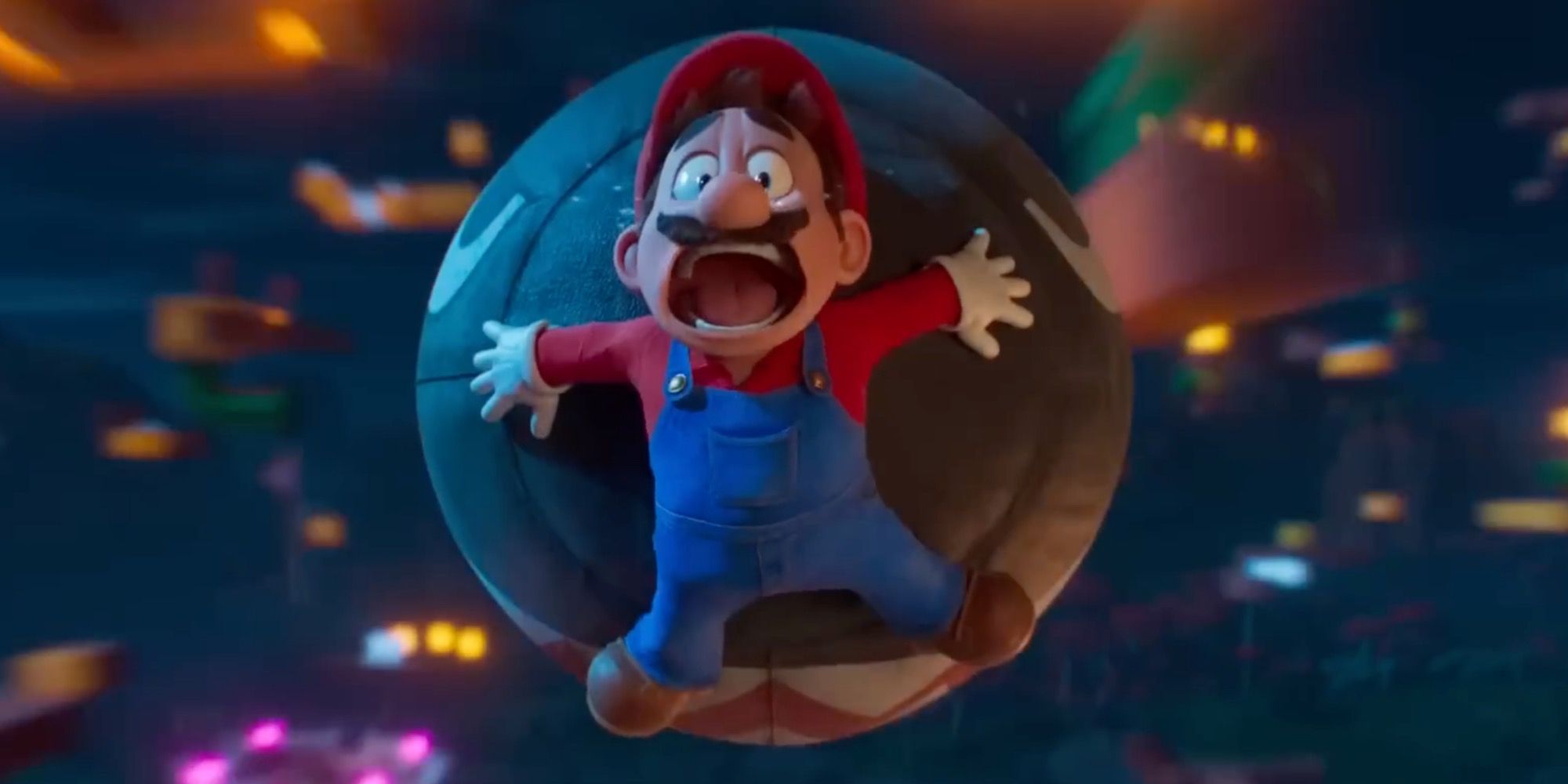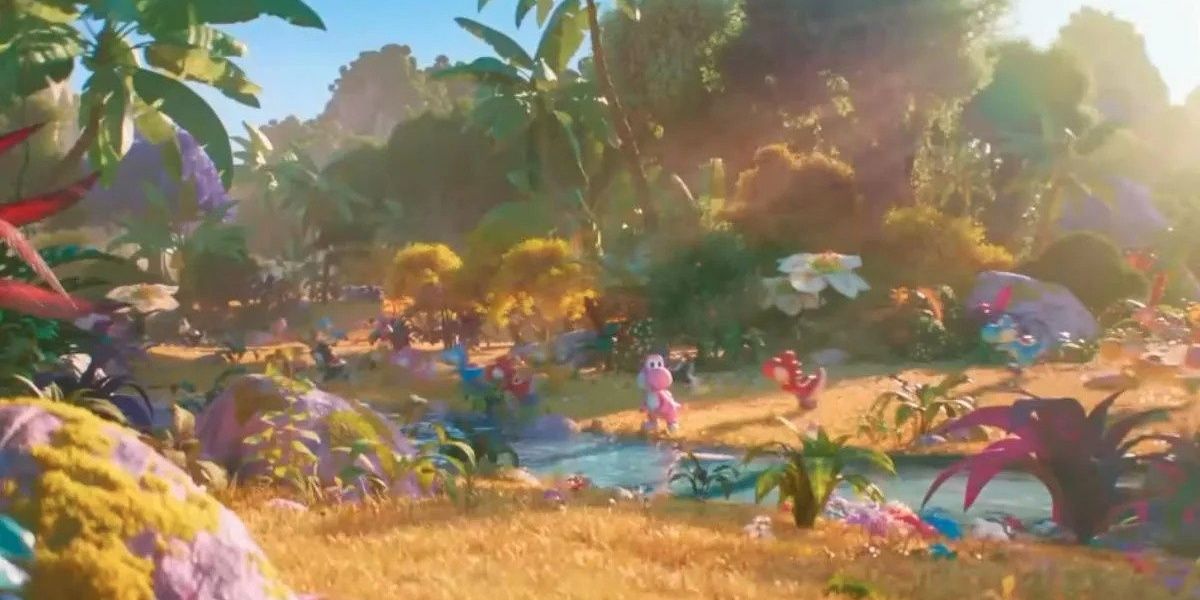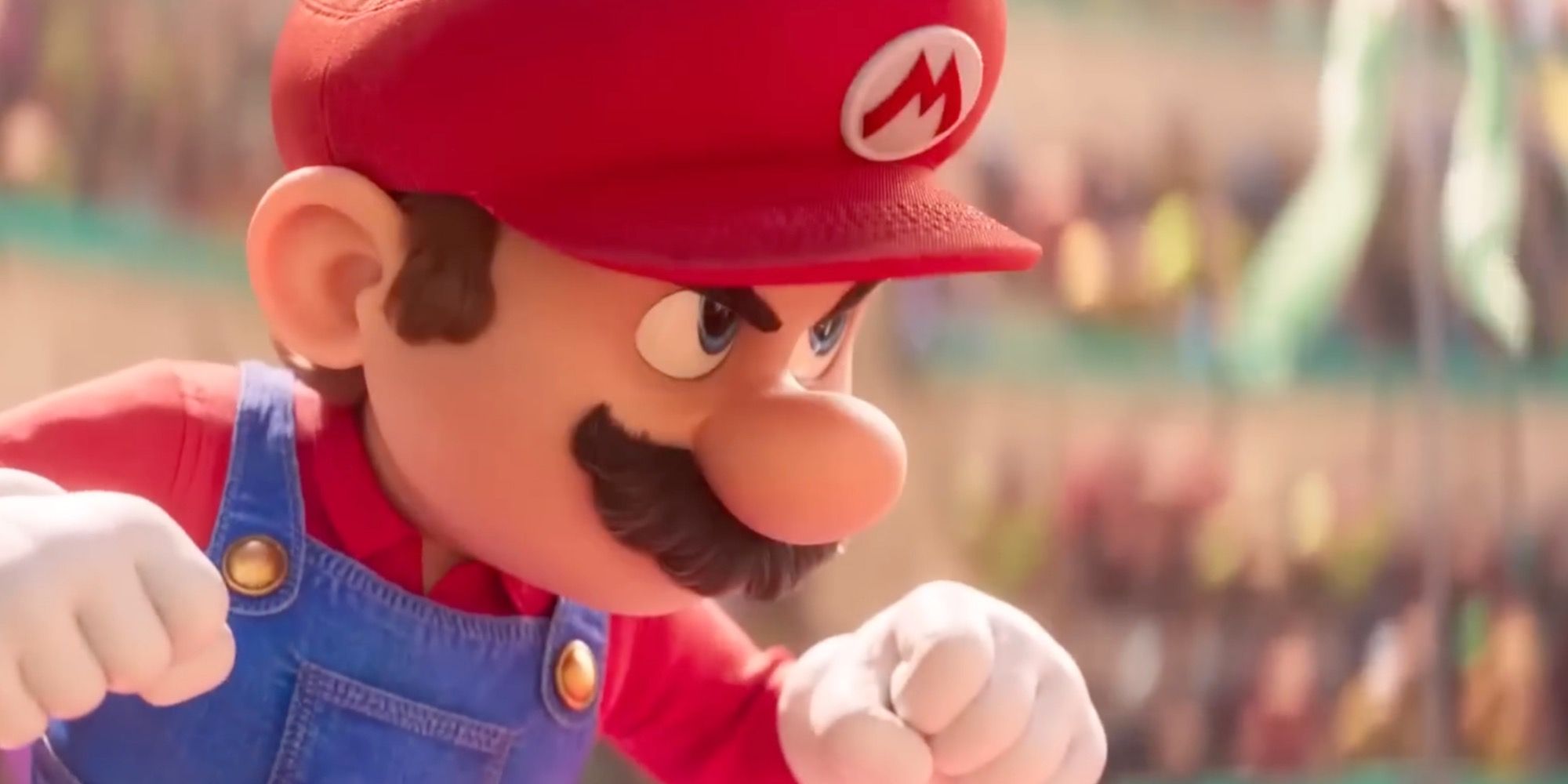The idea of a post-credits scene has become extraordinarily popular as the Marvel Cinematic Universe continues its campaign of pop-cultural domination. The comic book movie craze gained much of its fame from building an interconnected cinematic universe with each project. The recently released Super Mario Bros. Movie borrows the technique, but without any of the impact or importance of earlier examples.
The first big screen post-credits scene came in the 1966 film The Silencers, which ends with Dean Martin as Matt Helm surrounded by scantily clad women as a tease for the following feature. Most older examples were framed as jokes, some of which broke the fourth wall to tell the audience to go home. Today, they tend to be connective tissue, setting the stage for the next project. The Mario movie barely does either.
The Super Mario Bros. Movie Post-Credits Scene
Unshockingly, The Super Mario Bros. Movie is packed to the hat with references to the long history of Nintendo games. From the obvious ones, like Charles Martinet playingDonkey Kong in the first few minutes, to the less clear nods, like the Balloon Fight-themed Car Wash, there's hardly a scene without a callback. The film's open appreciation of the company's history might make a fan excited to see the post-credits scene. Maybe they're expecting the groundbreaking debut of Wario and Waluigi, or a glimpse of the full Super Mario Galaxy, or some hint of a future Smash Bros. cinematic universe. They don't get any of that, but a sequel tease exists.
The post-credits scene is brief and merely establishes Yoshi's presence. The beloved cartoon velociraptor has been a fan-favorite character since his appearance in Super Mario World. The post-credits scene depicts the area under Brooklyn that holds the big green pipe to the Mushroom Kingdom. A familiar spotted egg sits alone on the concrete and begins to hatch. The screen cuts to black and Yoshi emits his familiar sound. Fans will undoubtedly be excited to hear from Yoshi, but the tease isn't much to write home about. Yoshi was a huge addition to the franchise back in 1991, but he's a fairly common member of the team today. The big problem with the tease is that it isn't new. Those who've seen the trailer will know that there's a stampede of Yoshis in an earlier scene. It's not new information, making it very difficult to effectively tease. Yet, Nintendo and Illumination felt the need to bury the scene after the credits. Why?
Why does everything have a post-credits scene?
The obvious answer is that every Marvel film has one and the franchise is so comically popular that Hollywood feels the need to copy its every move. Tons of other studios stepped up to the big leagues and attempted a cinematic universe, only to burn money on a bad idea. Not everyone can borrow that sizable commitment, but excising a brief chunk of the film and saving it for later is easy. There's something to be said in favor of the post-credits scene boom, in that it encourages people to actually watch the credits. Those names scrolling by are real people who did their part in creating the art that we all love, everyone should sit and appreciate them. However, they're not absorbing the information or sticking around out of respect, they're just waiting because they don't want to miss anything. Anyone who has seen a film in a theater recently has probably heard someone say "I'll just look it up online later." The only people inconvenienced by the post-credits scene are theater employees.
The omnipresence of post-credits scenes has become a bit tiring. Many examples are embarrassing and a ton of teases lead to nothing. They used to be a charming surprise, a little treat for those who know to stick around. It would genuinely be more surprising if a big genre movie ended without a cheeky little tease. The proliferation of post-credits scenes has rendered them utterly unimpressive. Perhaps studios are worried that fans won't expect a sequel if they don't see some sort of ad for it. Most film fans are savvy enough to guess what will yield a new feature and the post-credits scene doesn't always lead to better things. Any filmmaker or big studio looking to hype up an audience for their next feature could find some success in building a sequel tease into the narrative. Parking a small non-committal trailer for the sequel after the credits has gradually become a boring chore.
Post-credits scenes aren't particularly entertaining anymore. Marvel is still the one big franchise that uses the technique with regular success, but there are a few weak links there too. The Super Mario Bros. Movie has a post-credits scene, but those who walked out while the big stars' names were on-screen didn't miss much. Blockbuster films need to learn what is and isn't worthy of their favorite method of dropping a trailer.


